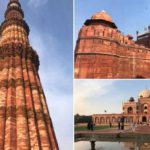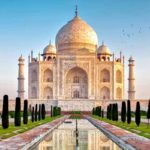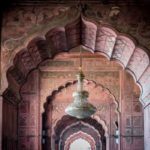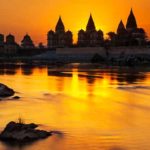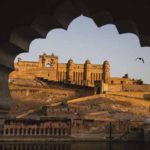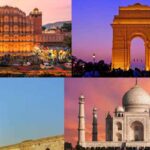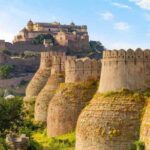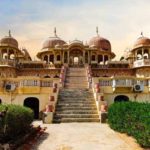UNESCO World Heritage site in Rajasthan Four World Heritage Sites can be found in Rajasthan, India’s westernmost state. It’s also one of India’s most picturesque and well-known areas. Rajasthan’s UNESCO sites offer a wide range of experiences, from crowded cities to beautiful Mughal palaces. So keep reading for our guide to Rajasthan’s World Heritage Sites! Rajasthani culture is distinct in every way, from its cuisine to its dress sense. Many notable forts and palaces, as well as wildlife sanctuaries and other attractions, have attracted thousands of visitors, and some have been designated as UNESCO World Heritage Sites.
The region still has a variety of historical monuments from the Rajput and Mughal periods. Ancient majesty and magnificence are evoked by such historical monuments. The mood and atmosphere of these sites are reminiscent of the country’s Royalty under Mughal laws, which is difficult to duplicate nowadays. As a result of their unparalleled beauty and grandeur, UNESCO has designated some of these sites as UNESCO World Heritage site in Rajasthan.
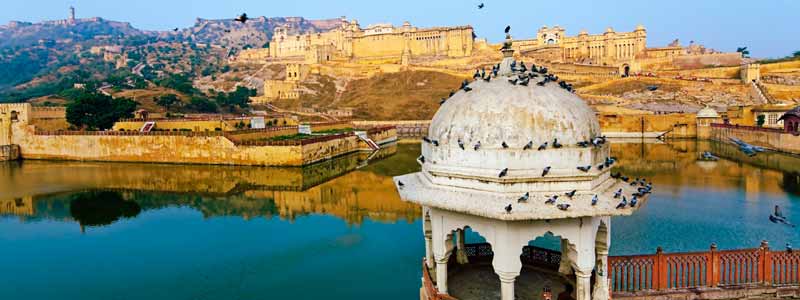
Amber Fort
Amber Fort, located on a high hill, is one of Raja Shri Mann Singh Ji I’s most spectacular forts. Amber Fort’s aesthetic style is a mix of Hindu and Rajput features, making it one of the most well-known forts in the world. The mosaic work in the Diwan-e-Aam and Diwan-e-Khas, also known as the Public Hall and Private Public Hall, is exquisite. A Sukh Niwas or Sukh Mandir is also one of the top locations to UNESCO World Heritage site in Rajasthan.
Water channels stream through the gorgeous architecture into the hall, carrying cool water with a little aid from the breeze, which acts as an air conditioner. Sandalwood and ivory are used to make the doors. There’s also Sheesh Mahal which is beautifully placed on its wall with thousands of glasses. The famous Sheesh Mahal was designed to please the Queen as she enjoyed seeing the shining stars so the King ordered its architects to create it special. It’s made in such a way that if you burn two candles then the entire palace turns into emitting lights that turn into thousands of stars making it a great sightseeing spot and popular among tourists, UNESCO World Heritage site in Rajasthan.
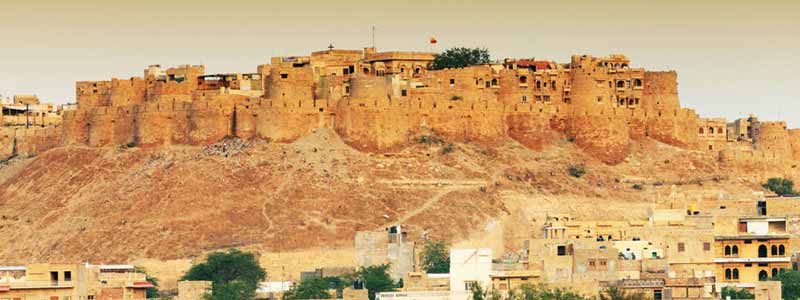
Jaisalmer Fort
The Jaisalmer Fort, one of the greatest forts built by Bhati Rajput Ruler Rao Jaisal and known as Sone ka Quila because of its splendid appearance, is a UNESCO World Heritage site in Rajasthan in the Thar Desert. The most popular tourist sites in Jaisalmer are located on Trikuta Hill, which has seen numerous conflicts. Built from huge sandstone that looks with the Sunrise and Sunset in different shades and colors, and has a good mix of Islamic and Rajput architectural style that makes it distinctive.
The Jaisalmer Fort has four entrances on the outskirts of the town which makes it easily accessible and the entrances used to be guarded by the Canons during King’s rule. Jawahar Palace is one of the most magnificent palaces within the fort which was the royal families’ residence. Raj Mahal, Jain, and Laxmikanth temples are popular sightseeing spots here. There are also many families residing in the fort’s premises, and nearly one town is inside the fort.
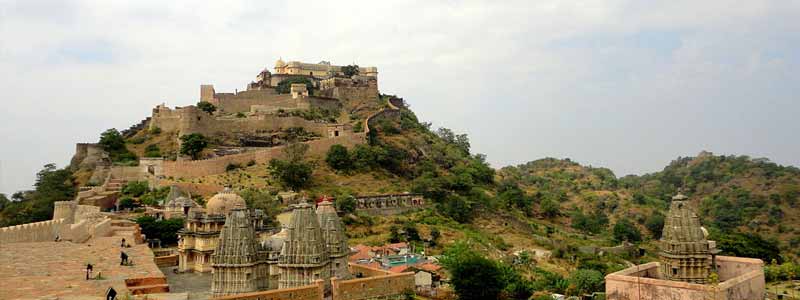
Kumbhalgarh Fort
Kumbhalgarh Fort is one of the largest forts due to its massive construction and long fortifications that extend over an area of 36 km and is said to be the second-longest wall in the world, after the Great Wall of China. There are many palaces, gardens, and temples that add to its beauty and make it one of the best places to see in Rajasthan. The fort of Kumbhalgarh was founded in the 15th Century by Maharana Rana Kumbha from which it derived its name. It is built to an altitude of 1,914 meters above sea level.
The other major attraction Rajasthan tourism highlights is that it has no less than 360 temples located inside the fort. Shiva temple is worth a visit here and is one of the best places to visit. It is one of India’s great vacation destinations because it also has the Badal Mahal or the Cloud Palace. This also said it was Maharana Pratap’s birthplace. The palace is very stunning with a perfect mix of turquoise, green and white paint that adds charm and splendor UNESCO World Heritage site in Rajasthan.
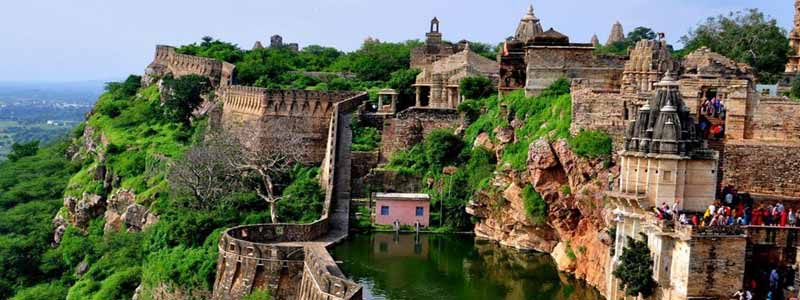
Chittorgarh Fort
The first one on the list of UNESCO world heritage of Rajasthan is Chittorgarh Fort. The fort of Chittorgarh stands as a testimony of the architecture of Rajputana and is known among the people because of its massive structure. Bhima, who was one of the Pandavas Brothers during the Mahabharat, built this Chittorgarh fort in one night, according to mythology. Perhaps notably, it has been designated World Heritage Site by UNESCO. It is also called the Water Fort since many water bodies are found inside the premises. It was said earlier that it had 84 bodies of water but now 22 exist and it is said that an army of 50,000 soldiers could stay there without the thirst for water for four years.
Rajasthan tourism promotes it as one of the best places for sightseeing and perfect for family vacations as well as adventure vacations. It is one of the places that must be seen and can be reached via a one-line mile-long serpentine road that leads to the fort, UNESCO World Heritage site in Rajasthan.
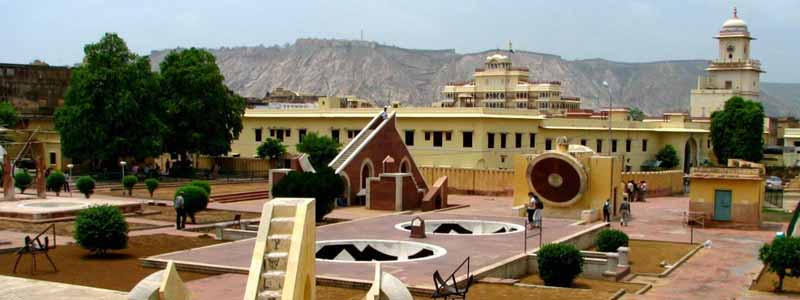
Jantar Mantar
Jantar Mantar is an astronomical observatory designed by Prince Jai Singh II who built it to learn more about the concept of astronomy and cosmology. There are many instruments built there and it was the prince himself who had a deep interest in astronomy and cosmology that was scholarly. Designed for observing celestial bodies with naked eyes, and instruments such as sundial and numerous others are available that help to get the exact positions of stars and others. It is therefore fitting that it was designated one of the UNESCO World Heritage site in Rajasthan.
A great example of an observatory that exerts a profound celestial impact on medieval people. It has a very comprehensive set of astronomical devices and is located in the heart of Jaipur city making it easy for tourists to get to.
Every year thousands of tourists visit the famous observatory some of them are the largest ones installed in this group. It has been demolished and repaired several times, but it has now been fully restored, making it a spot that must be visited UNESCO World Heritage site in Rajasthan.
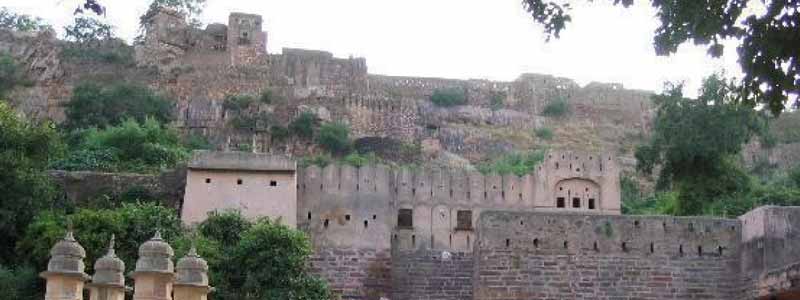
Ranthambore Fort
Ranthambore Fort is situated at Ranthambore National Park in Sawai Madhopur Rajasthan and from the fort, the park has its name. Although the test of the time has stood in ruins these days but is still famous as some of the parts, and they are still intact making it a UNESCO World Heritage site in Rajasthan. Regularly spotted here was the famous tigress Machli who was the most photographed and died at the age of 19. She was also known as Ranthambore’s Queen because of her sheer power and beauty.
When we speak about the Ranthambore Fort, at a height of 700 feet, it is situated 5 km inside the city, on a hill. The Chauhan dynasty Rajput King Sapaldaksha laid the foundation stone of this fort and later many other Kings contributed to the fortification but Rao Hammir Deo Chauhan played the major role and there is still a major tourist attraction to honor his contribution 32 pillar canopy. It is the best sightseeing spot for adventure holidays and nature tours because several species are often seen here, including the much-awaited wild cat, UNESCO World Heritage site in Rajasthan.
Gagron Fort
Gagron is an area which has seen the huge fearlessness of Khinchi sovereigns/ patrons and the ideal sacrifice of the lives of Royal Rajput ladies as they performed the act of ‘Jauhar’. The region was at once the pre-eminent city in the Malwa region long before the popular urban communities like Bundi, Kota, and Jhalawar.
Located 12 km away from Jhalawar city, Gagron Fort is among the impressive medieval forts in Rajasthan. One among the six forts of Rajasthan, listed in UNESCO World Heritage site in Rajasthan. It is a heritage fort covered by water on three sides & a thick forest on the other side.
It is the only glorious hill & water fort in Rajasthan which is on the banks of the meeting points of two rivers named Kalisidh & Ahu. This gigantic fort dots the landscape of royal Indian state attracting swarms of tourists every year. Built by the Doda Rajputs in the 8th century & was again rebuilt until the 14th century, the majestic fort was seized by the Chauhans in the 12th century. It is a place lesser known to the mainstream tourists & hence apart from peace and quietness. Thus, it is an iconic fort of Hadoti region UNESCO World Heritage site in Rajasthan.

